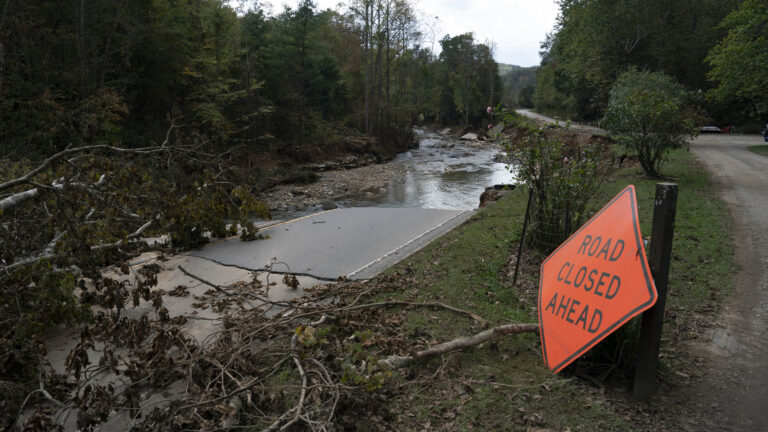NASA and Boeing officials pushed back Friday on headlines that the commercial Starliner crew capsule is stranded at the International Space Station but said they need more time to analyze data before formally clearing the spacecraft for undocking and reentry.
Two NASA astronauts, commander Butch Wilmore and pilot Suni Williams, will spend at least a few more weeks on the space station as engineers on the ground conduct thruster tests to better understand issues with the Starliner propulsion system in orbit. Wilmore and Williams launched June 5 aboard an Atlas V rocket and docked at the station the next day, completing the first segment of Starliner's first test flight with astronauts.
NASA managers originally planned for the Starliner spacecraft to remain docked at the space station for at least eight days, although they left open the possibility of a mission extension. The test flight is now likely to last at least a month and a half, and perhaps longer, as engineers wrestle with helium leaks and thruster glitches on Starliner's service module.
Batteries on this Starliner spacecraft were initially only certified for a 45-day mission duration, but NASA officials said they are looking at extending the limit after confirming the batteries are functioning well.
“We have the luxury of time," said Ken Bowersox, associate administrator for NASA's space operations mission directorate. “We’re still in the middle of a test mission. We’re still pressing forward."
Previously, NASA and Boeing officials delayed Starliner's reentry and landing from mid-June, then from June 26, and now they have bypassed a potential landing opportunity in early July. Last week, NASA said in a statement that the agency's top leadership will meet to formally review the readiness of Starliner for reentry, something that wasn't part of the original plan.
“We’re not stuck on ISS”
Steve Stich, manager of NASA's commercial crew program, said Friday that he wanted to clear up "misunderstandings" that led to headlines claiming the Starliner spacecraft was stuck or stranded at the space station.



 Loading comments...
Loading comments...
